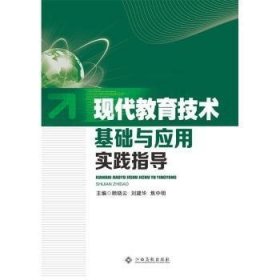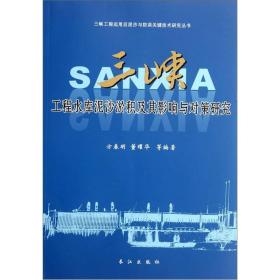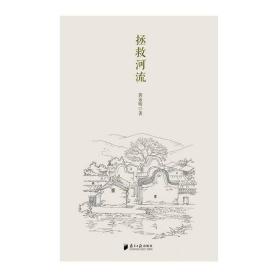
轨道车辆工程(英文版)/一带一路铁路国际人才教育丛书
¥ 40.69 4.6折 ¥ 88 全新
库存2件
山东泰安
认证卖家担保交易快速发货售后保障
作者陈春阳 著;田红旗、谢素超、周伟、张书增 编
出版社中南大学出版社
出版时间2022-05
版次1
装帧平装
货号603 12-16
上书时间2024-12-17
- 在售商品 暂无
- 平均发货时间 24小时
- 好评率 暂无
- 最新上架
商品详情
- 品相描述:全新
图书标准信息
- 作者 陈春阳 著;田红旗、谢素超、周伟、张书增 编
- 出版社 中南大学出版社
- 出版时间 2022-05
- 版次 1
- ISBN 9787548748083
- 定价 88.00元
- 装帧 平装
- 开本 16开
- 页数 318页
- 字数 680.000千字
- 正文语种 英语
- 丛书 一带一路铁路国际人才教育丛书
- 【内容简介】
-
本教材主要讲述我国铁路常见的、有代表性的主型轨道车辆的构造、作用、原理、总体设计、车辆强度和动力学的基本原理。主要内容包括:轨道车辆基本知识、转向架结构原理及基本部件、车端连接装置、车辆车体、车辆的运行性能、车辆结构强度、车辆总体设计等。
本书作为该领域的英语参考书,介绍了该领域的关键技术、研究成果和前沿动态。
本书可作为交通设备与控制工程专业及机车车辆工程相关专业本科生及留学生教材,也能为国内外相关领域的科研人员和工程师提供重要参考。 - 【目录】
-
Chapter 1 Basic Knowledge of Railway Vehicles
1.1 Characteristics and composition of railway vehicles
1.2 Use and classification of railway vehicles
1.3 Coding, marking and positioning of railway vehicles
1.4 Railway limits
1.5 Main technical parameters of railway vehicles
1.6 Summary of railway line structure
Thinking and reviewinging questions
Chapter 2 Structure, Principle and Basic Composition of Bogies
2.1 Structure, principle and basic composition of bogies
2.2 Classification of bogies
2.3 Wheelset
2.4 Journal box
2.5 Elastic suspension device
2.6 Damping device
Thinking and reviewing questions
Chapter 3 Bogies on Freight Vehicles
3.1 Development of China\'s freight vehicle bogies
3.2 8A-series bogies
3.3 K1, K2 and K6-bogie
3.4 K4 and K5-bogie
3.5 K3 and Y25-bogie
3.6 Freight car radial bogies
3.7 Freight car fast bogies
3.8 Freight car multi-axle bogies
Thinking and reviewing questions
Chapter 4 Bogie of Passenger Railcar
4.1 Role of passenger railcar bogie
4.2 Development of China\'s passenger vehicle bogies
4.3 Bogie type
4.4 Passenger vehicle bogie of 209 T-type
4.5 Passenger vehicle bogie of 206-type
4.6 Passenger vehicle bogie of a quasi-high-speed train
4.7 Other types of passenger vehicle bogies
Thinking and reviewing questions
Chapter 5 Running Performance of Railway Vehicles
5.1 Causes of vehicle vibration
5.2 Vibration on a sprung mass system
5.3 Vibration of a vehicle system
5.4 Vehicle running performance evaluation and standards
Thinking and reviewing questions
Chapter 6 Coupler and Draft Gear
6.1 Composition, installation and opening of coupler buffer devices
6.2 The type, working principle and material of the coupler
6.3 Buffer performance index and common types of buffers
6.4 Relationship between coupler force and buffer performance
6.5 Development of coupler buffers at home and abroad
Thinking and reviewing questions
Chapter 7 Passenger Vehicle Body
7.1 Types of passenger vehicle
7.2 Body structure of 25-type passenger vehicle
7.3 Body structure of double-deck passenger vehicle
7.4 Body structure of urban rail vehicle
7.5 Body structure of electric multiple units (EMU)
Thinking and reviewing questions
Chapter 8 Vehicle Structural Strength
8.1 Load on the vehicle
8.2 Load on the vehicle body or bodies
8.3 Load on the bogie
8.4 Vehicle strength analysis
8.5 Vehicle component strength test
Thinking and reviewing questions
Chapter 9 Design of Vehicle
9.1 Overall design of vehicle
9.2 Selection of technical and economic indicators
9.3 Lightweight and anti-corrosion design of vehicle
9.4 Ergonomic design of vehicle
9.5 Overall size design of vehicle
9.6 Overall design of bogie
Thinking and reviewing questions
References
点击展开
点击收起
— 没有更多了 —












以下为对购买帮助不大的评价